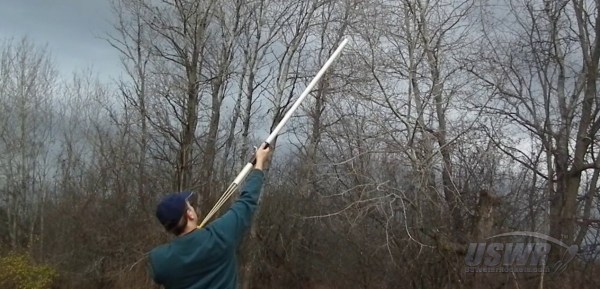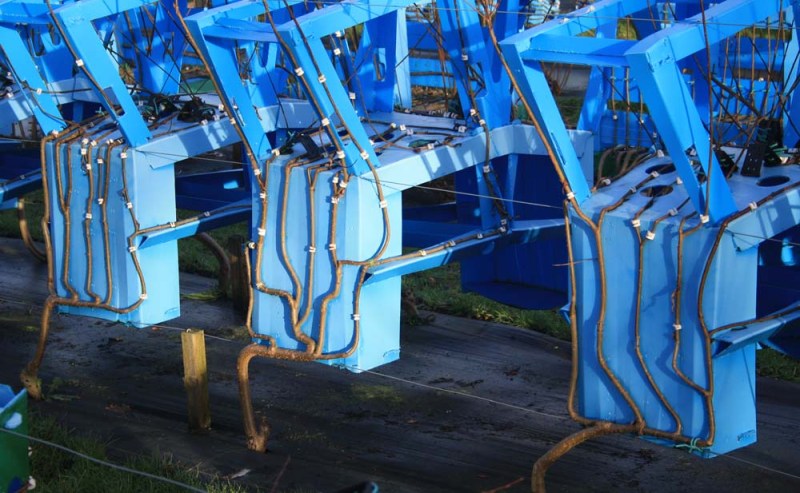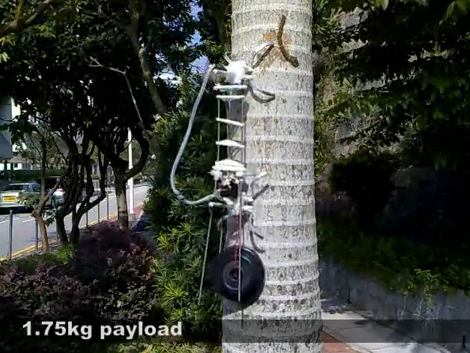[diyVT] found a real white elephant in this milling machine from Craigslist. It cost him only $200, cheap for a small mill, so it was worth the gamble. We’re not sure what to call this — it’s not exactly a gantry mill, not a horizontal mill, and definitely not a knee mill. The tag says V-Mill, made by either Pierce West or Tree Tool and Die Works, depending on which ID plate you read. The Tree has a three-phase motor, but it came with a phase converter, so it should be good to run on single phase 220 volt household power.
The machine was in good physical shape, at least until the previous owner attempted to move it out of the garage. During the move one of the cast iron chain drive handwheel brackets broke into three pieces. Cast iron is no fun to weld. It has to be pre-heated, welded with nickel rod, and slowly cooled. Some hackers would have given up or built a new part, but [diyVT] accepted the challenge. He put the puzzle pieces back together, grooved them out with an angle grinder, and welded everything. The result wasn’t pretty, but it only has to take the force of the handwheel and the 200 lb gorilla spinning it.
After a bit of work on the motor and head, including a new belt, this tree was ready to cut. [diyVT] snuck out of a family bar-b-que to cut his first chips on the new (to him) machine.
Continue reading “Restoring A Strange Milling Machine From Craigslist”






 together to continue growing into one solid piece. When the chair is mature, the leaves are removed, the chair is cut free from the ground, and with a little seasoning and finishing, you’ve got a unique and functional chair. And what’s more, since it’s a solid piece of wood, there are no joints to loosen over time.
together to continue growing into one solid piece. When the chair is mature, the leaves are removed, the chair is cut free from the ground, and with a little seasoning and finishing, you’ve got a unique and functional chair. And what’s more, since it’s a solid piece of wood, there are no joints to loosen over time.











